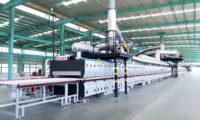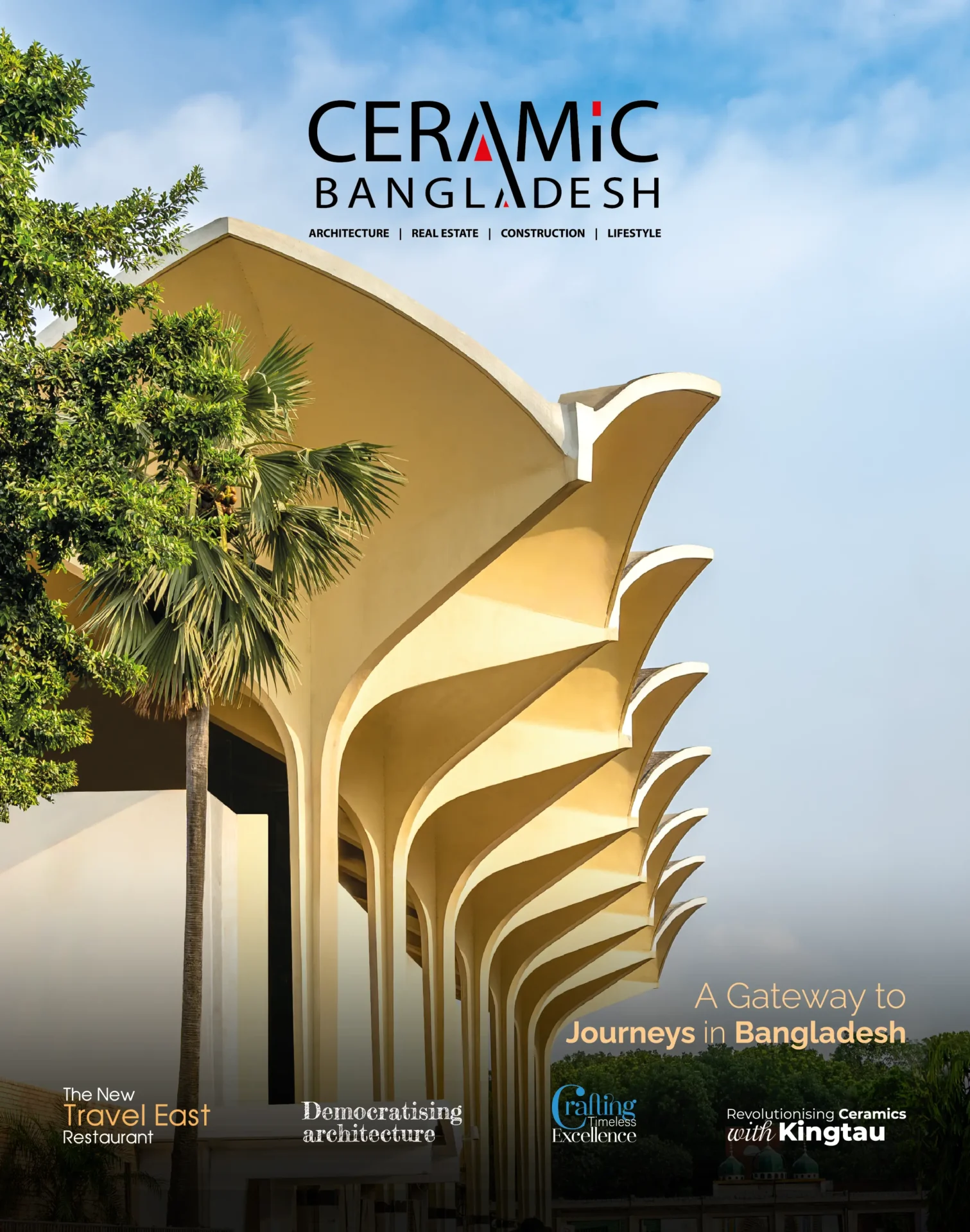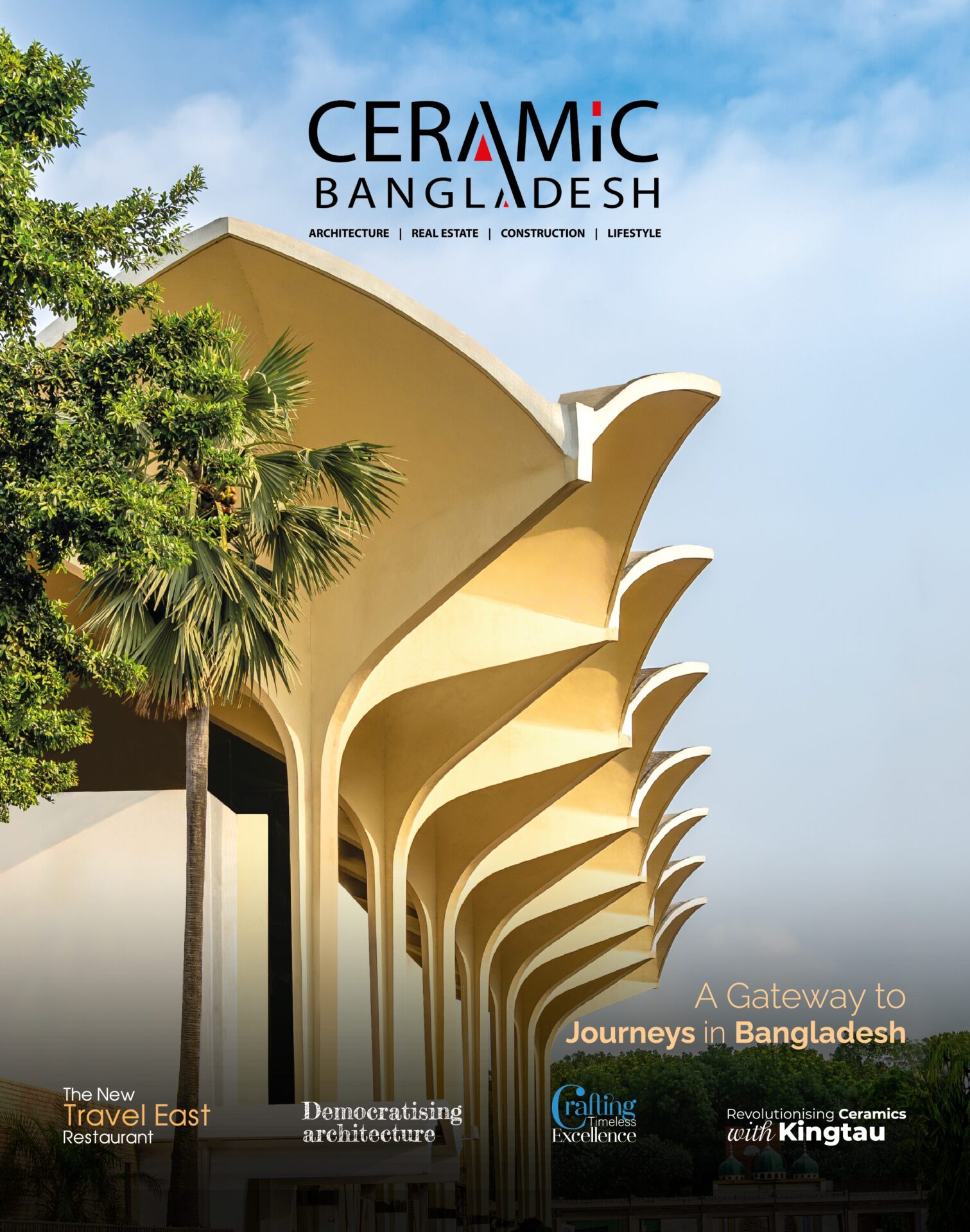
Kamalapur Railway Station, officially known as Dhaka Central Railway Station, stands as a bustling gateway to the vibrant capital city of Dhaka. Nestled in the heart of the city, this vital transportation hub connects travellers to all major cities in Bangladesh. As the largest and busiest railway station in the country, Kamalapur serves as a crucial link, facilitating journeys both near and far.

Its rich history, architectural significance, and constant activity make it an iconic landmark. With a unique design and historical roots, Kamalapur Railway Station weaves together the fabric of Bangladesh’s rail network. The station’s significance has increased following the opening of the Padma Bridge.
Kamalapur Railway Station (KRS), steeped in history, stands as Dhaka’s historic gateway. Its iron-clad colonial-era architecture evokes memories of a bygone era, a bridge between past and present. But Kamalapur is more than just a transit point; it embodies the spirit of a nation on the move—a pulsating heartbeat that reverberates across Bangladesh. Kamalapur Railway Station stands as a vital link in Bangladesh’s transportation network, connecting people, cultures, and commerce. 
As trains arrive and depart, the passengers weave intricate stories etched into the very walls of this magnificent station. Here, hope mingles with anticipation, dreams find their rhythm, and reunions unfold. The station’s bustling platforms witness resilience—the quiet strength of travellers forging ahead despite life’s twists and turns. And within its echoing halls, new beginnings take root, fueled by the promise of distant horizons.
Kamalapur Railway Station, standing tall against the passage of time, is a living testament to Bangladesh’s architectural ingenuity. It’s not merely a physical structure; it’s a gateway to aspirations, connections, and the beating heart of a nation. As passengers step onto its platforms, they become part of a grand narrative—a journey that transcends mere destinations and becomes an enduring legacy of rail travel in Bangladesh.
Architectural Marvel
Kamalapur Railway Station stands as a captivating blend of modernity and tradition. More than a mere transportation hub, it represents an architectural marvel that seamlessly connects the past with the present. Designed by the renowned American architects Daniel Dunham and Robert Boughey (Bob Buie) of Louis Berger and Consulting Engineers Ltd. in the 1960s, Kamalapur Railway Station serves as a symbolic gateway to Dhaka.
Daniel Dunham, a young architect fresh from completing his studies at Harvard’s Graduate School of Design (GSD), took charge of Berger’s fledgling Dhaka office. His task was to tackle an extensive backlog of new projects. The station’s architecture draws inspiration from both modernist principles and traditional neo-Islamic influences, as well as Bengali styles. It stands as a testament to Dhaka’s modern architectural spirit.
Architect Daniel Dunham skillfully blended modernist elements with traditional Bangladeshi architecture. The station’s most striking feature is its parabolic shell roof—a true engineering masterpiece. Stretching over the platforms, this roof provides shelter to passengers. The lattice-like concrete structure fosters openness and allows natural light to filter through, creating a welcoming ambiance.
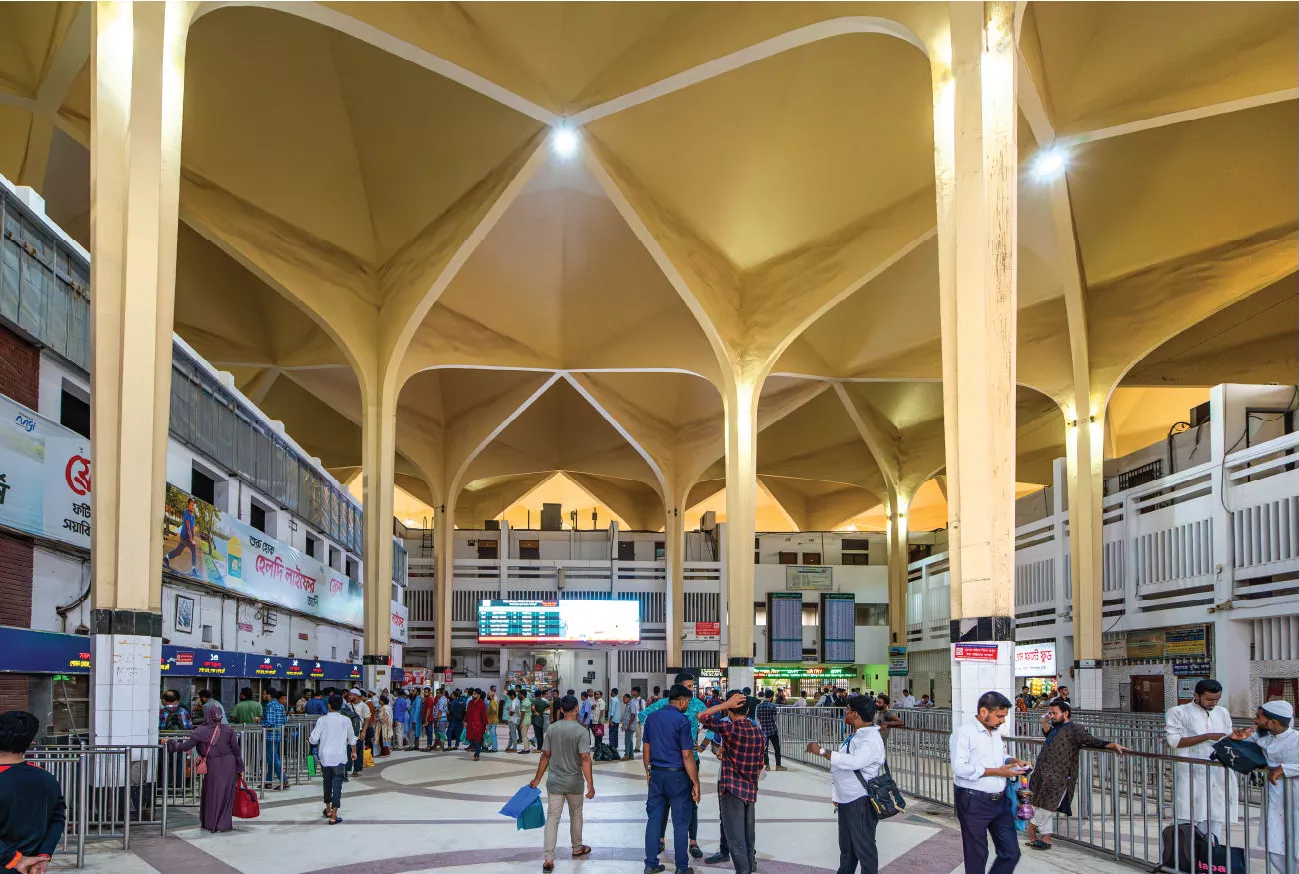
Kamalapur Railway Station officially opened on May 1, 1968, during President Ayub Khan’s tenure. Its construction cost at the time was Taka 5 crores 30 lakh. When the value of one vori of gold stood at only 100 takas, A year after its inauguration, the Provincial Office of the Railway Postal Service found its new home within this remarkable station building.

Design Features
The station building is well-suited for tropical climates, providing protection from rainwater like an umbrella. It incorporates various functional spaces, including ticket booths, administrative offices, passenger lounges, waiting areas, and restrooms, all under an integrated canopy-based roof. The structure comprises 36 square domes supported by a total of 49 columns. Above these columns stands a roof featuring 36 slender concrete umbrella-type domes. Each column extends 59 feet high, branching out to support the roof. The open-air design capitalises on Dhaka’s cross breezes while safeguarding interior spaces from monsoon rains.
The Kamlapur Railway Station’s thin concrete shell dome-umbrella design, completed by the consultants, has become a local icon, cherished by prominent architects as a cultural heritage piece. The parasol roof continues to define the station’s unique skyline. Architect Dunham immersed himself in Bangladeshi culture, learning Bengali and adapting to local craftsmanship and construction practices. Instead of designing an enclosed monolithic structure with mechanical heating and cooling systems, Dunham leveraged Dhaka’s tropical climate. His innovative roof system provides shade over the station’s offices and facilities, supported by a versatile field of columns. The construction technique involves thin concrete shells, which Dunham explored during his thesis at the GSD. After Dunham’s departure, architect Robert Boughey took over the post, designing tessellating concrete shells for the roof, reminiscent of pointed arches seen in Islamic architecture. These shells were cast on-site using reusable materials.

Kamalapur Railway Station, with its remarkable parabolic shell roof, stands as an engineering marvel. This expansive structure spans the platforms, providing shelter to passengers. The station’s circular layout, boasting a diameter of 186 metres, centres around a soaring dome that reaches a height of 26 meters. Eight radial wings extend from the central hub, housing platforms, and tracks. The station’s architecture seamlessly blends modernist elements with traditional Bangladeshi motifs, reflecting the nation’s spirit. The concrete lattice structure allows natural light to filter through, creating an airy and open ambiance. High ceilings and spacious interiors enhance the feeling of grandeur. Kamalapur’s design prioritises functionality while maintaining aesthetic appeal. Geometric patterns, arches, and intricate details evoke the essence of Bengali culture. As a testament to Bangladesh’s identity and heritage, Kamalapur Railway Station stands proudly. The station is an engineering marvel that spans the platforms, providing shelter to passengers.
Additionally, in other parts of the country, the Sylhet Railway Station in the north-eastern region and the Chilahati International Rail Station in the north-western part also feature a similar umbrella-like structure. These stations use national flower-shaped “shapla” shells supported by a forest of columns to cover their facilities.
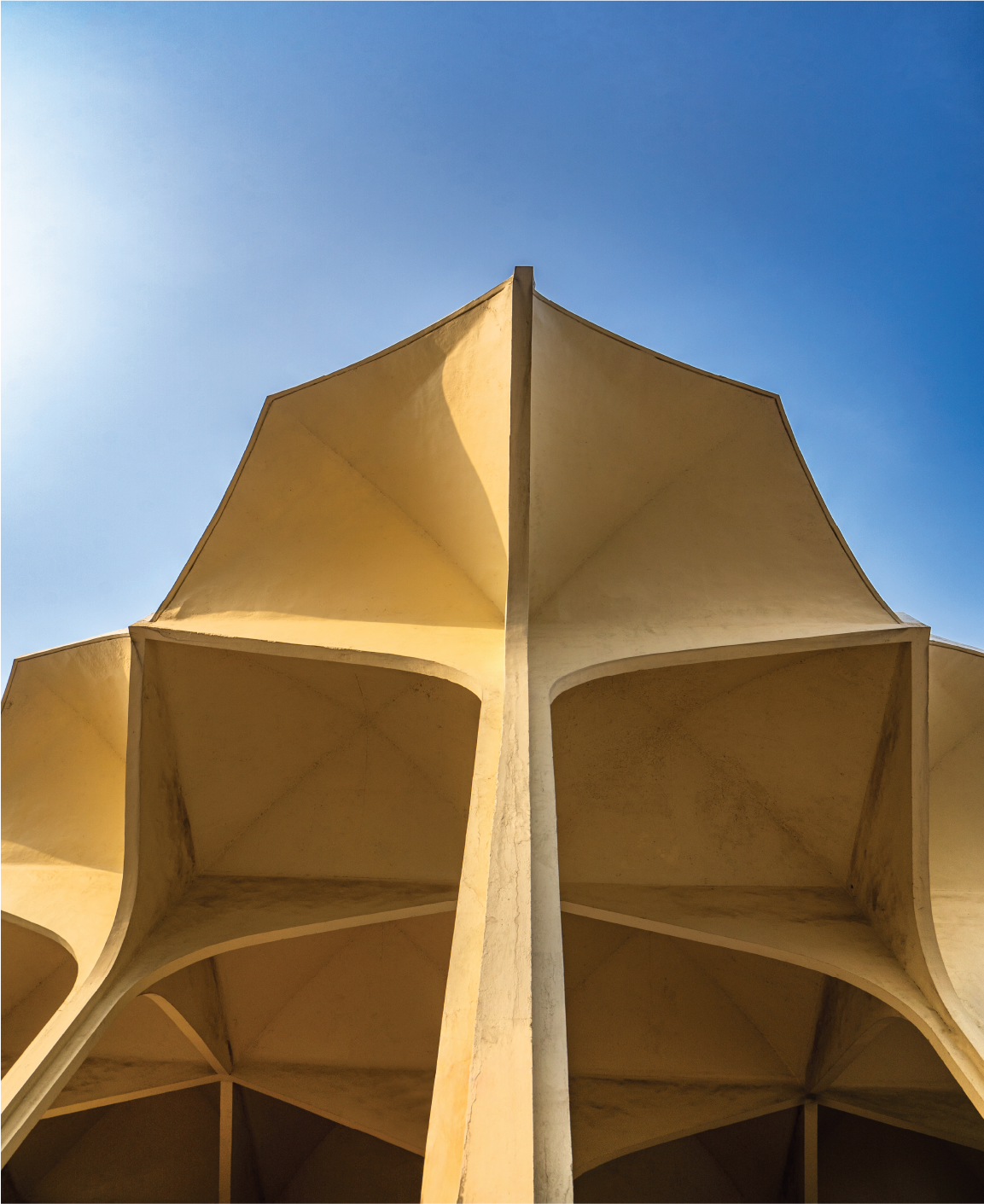
Historical Context
Bangladesh Railway has been operating in the British period since 1862 in the eastern and western parts of the country, divided by the great river Padma. After the creation of Pakistan, the old Fulbaria Central Railway Station in Dhaka became inadequate. Experts proposed relocating the central station to the less densely populated Kamalapur area. In 1958, an initiative was taken to build the new Central Railway Station here, connecting old and new Dhaka and establishing a fast communication system with the rest of the country. In 1987, Kamalapur became home to the country’s first inland container depot (ICD), relieving pressure on Chattogram port and the Dhaka-Chattogram highway. Despite discussions about shifting or demolishing the station building, objections from railway authorities and dignitaries prevented such actions. Tejgaon, located 5 km north of Kamalapur, and Gendaria, 4 km south, are the next stations. Kamalapur Railway Station serves as one of the termini for the Bangladesh-India Maitree Express and Mitali Express international passenger train services. A multimodal transport hub is currently under construction around the station, with completion expected by 2030.
Daniel C. Dunham: Dunham was an architect of great vision and adaptability. His most notable project during the 1960s was the Kamalapur Railway Station in Dhaka, Bangladesh (formerly East Pakistan). This iconic terminal building stands as a symbolic gateway to the city. The Kamalapur Railway Station, completed between 1958 and 1968, showcases Dunham’s ability to blend modern architectural sensibilities with the challenges of post-Partition South Asia. The station’s design responded not only to the prompt of independence but also to the interlocking provocations of decolonization, modernity, and identity. Dunham’s legacy lies in his ability to navigate the complexities of a rapidly changing region, where historical ruptures and uncertainties intersect with architectural endeavors. His work at Kamalapur Railway Station remains a testament to his vision and impact.
Robert G. Boughey: Boughey (Bob Buie), an American architect, primarily worked in Dhaka and Bangkok. He completed his Bachelor of Architecture from Pratt Institute in New York in 1959. His architectural journey included overseeing projects for Louis Berger, Inc. in East Pakistan (now Bangladesh) and Thailand. Boughey’s contributions extended to the development of infrastructure and urban spaces in these regions. Although Boughey’s name may not be as widely recognised as that of some Western architects, his impact on the built environment in South Asia remains significant. His work, often behind the scenes, played a pivotal role in shaping the architectural landscape of postcolonial South Asia.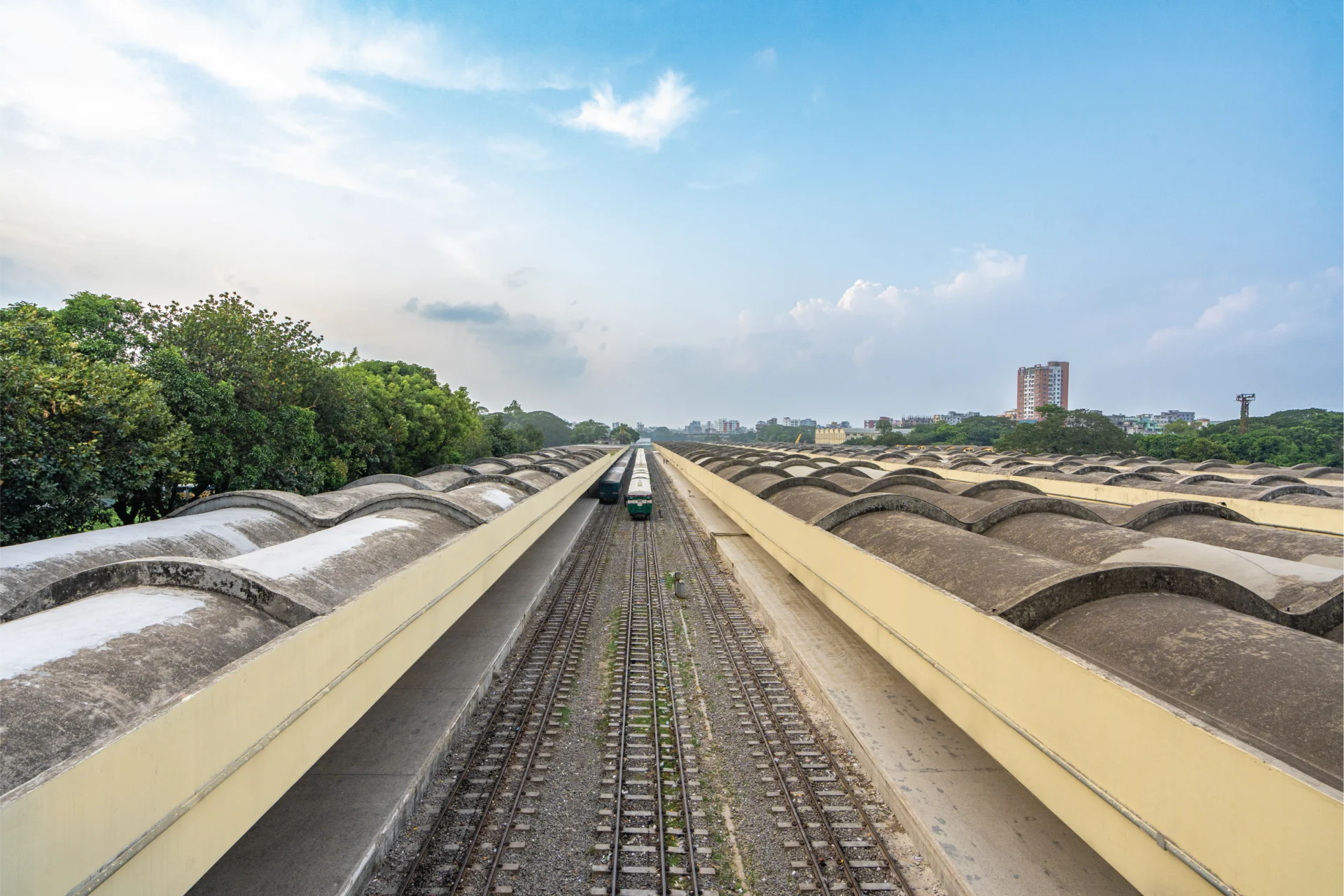
Together, Dunham and Boughey left behind a legacy that continues to resonate today. Their designs reflect the spirit of independence, the challenges of decolonization, and the quest for identity in a rapidly evolving region. It’s essential to recognise the enduring significance of Kamalapur Railway Station and the broader architectural context in which it operated. The architectural legacy of Daniel C. Dunham and Robert G. Boughey, two remarkable architects who left an indelible mark on mid-century architecture in South Asia.
Passenger Transport
Kamalapur Railway Station serves as a bustling hub for passenger transport. Approximately 1,50,000 passengers travel daily from this station, utilising 70 pairs of trains that connect the east-west regions of the country. Additionally, the station hosts two international trains and four goods trains. During Eid-ul-Fitr and Eid-ul-Azha, the number of passengers more than doubled, creating a vibrant atmosphere. Tickets worth approximately BDT 10 million are sold here every day. Kamalapur boasts 11 platforms, each measuring 900 metres in length. There are 20 ticket counters with online ticket facilities. A dedicated team of 300 employees are there to ensure smooth operations. Beyond transportation, the station provides essential amenities such as a hospital, mosque, hotel, bank, police station, BRTC bus terminal, and metro.
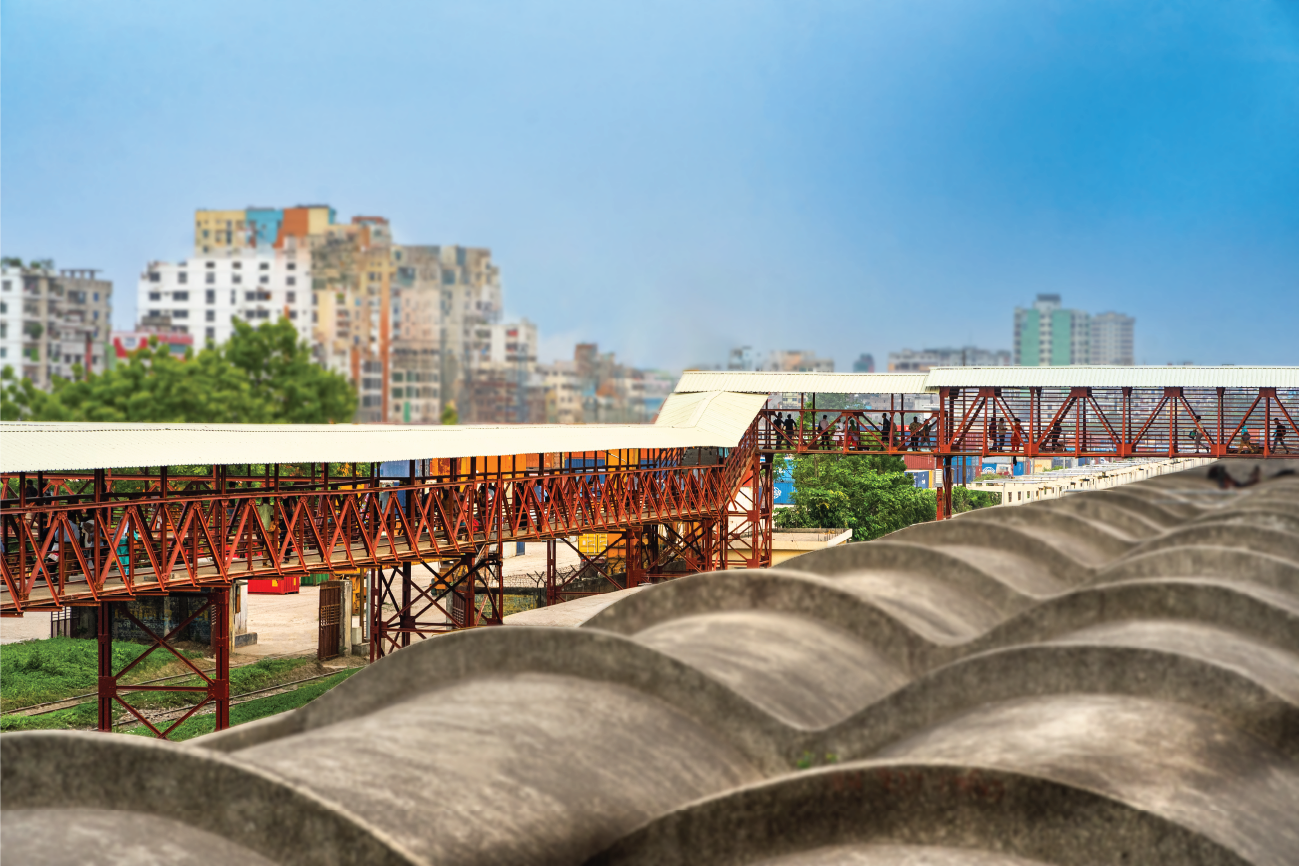
Never demolish Kamalapur Rail Station: Railway Minister
Railway Minister Zillul Hakim said that the central or main railway station of the capital of all the countries in the world is located in the heart of the city. All other communication systems are aligned with this central railway station. But Kamalapur railway station has recently been suggested by a group to be taken outside of Dhaka city. There is a nefarious plot behind it. The Railway Department will never let this plot succeed. So, Kamalapur Rail Station will never be demolished or shifted for the sake of Metro Rail. Instead of calling for Metro Rail to be left in the hands of the Bangladesh Railway Department, he said that in all countries of the world, the railway department manages Metro Rail.
As a result, there is no need for a separate authority for Dhaka Metro Rail or Mass Rapid Transit (MRT). Bangladesh Railway is enough to manage it. As a result, the operating cost of Metro Rail will be greatly reduced.
He also said that the government planned before to tear down KRS in order to accommodate an extension of the Dhaka Metro Rail’s Line-6, an elevated train route which aims to ferry upwards of 60,000 passengers per hour. Japanese construction firm Kajima Corporation plans to use the DTCA as an effective multimodal hub for several new and existing train lines at Kamalapur, but they have not released any site drawings yet. He suggested undergrounding all metro rail installations in Kamalapur like other countries.
Daily Life at Kamalapur Rail Station
Full of chaos, rhythm, and vibrancy, Kamalapur pulses with life and buzzes with passengers. Commuters rush, vendors peddle snacks, and porters create a symphony of movement. The rhythmic chug of trains echoes throughout the station. Trains arriving and departing through 24 hours. Passengers eagerly await their journeys. The rhythmic chug of trains reverberates through the station. Passengers board, eager for their next adventure. The station boasts one of the largest pedestrian rail overbridge in the world.
Kamalapur station never sleeps. Books, magazines, newspapers, snacks, and tea stalls are open day and night. The aroma of chai (tea) mingles with the clatter of cups. Snack vendors serve singara (samosas) and jilapi (sweet spirals). Amidst the clatter of cups, tea stalls serve steaming chai. Savoury singara and sweet jilapi tempt weary travellers.
Kamalapur faces the challenge of accommodating the growing population of the capital, Dhaka. As a result, its expansion plan has been going on for a long time underway the burden of overcrowding. This is a big challenge and also an opportunity for this station. Upgrading facilities, modernising them, introducing digital signalling, and enhancing passenger comfort are essential. Balancing modernization with preserving the station’s architectural heritage is crucial.




